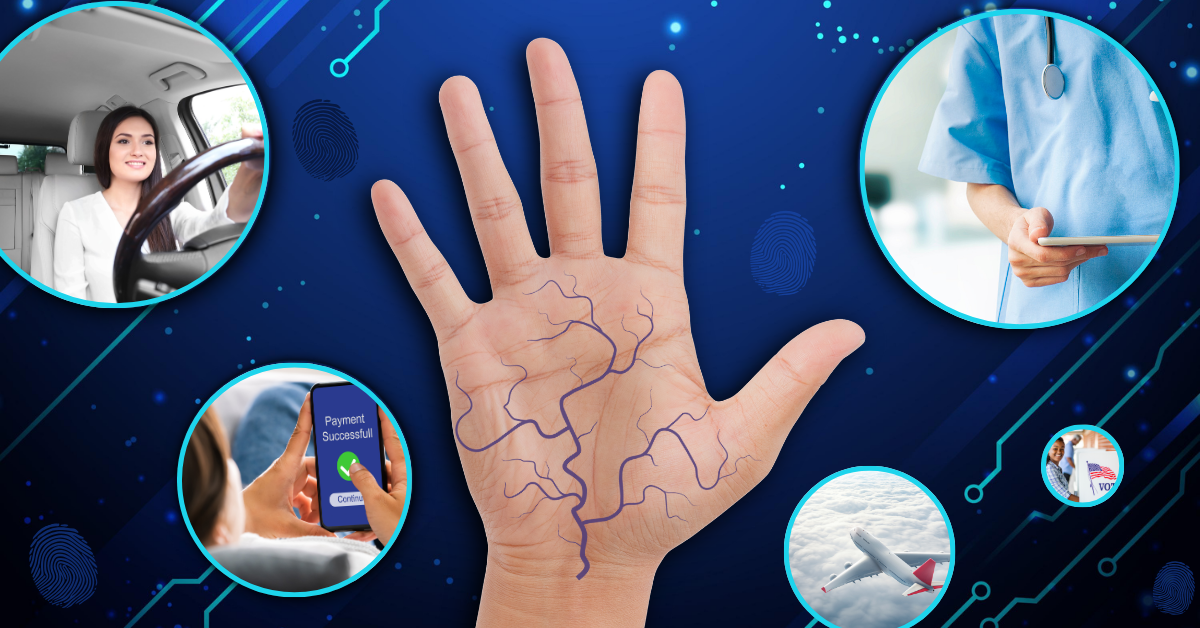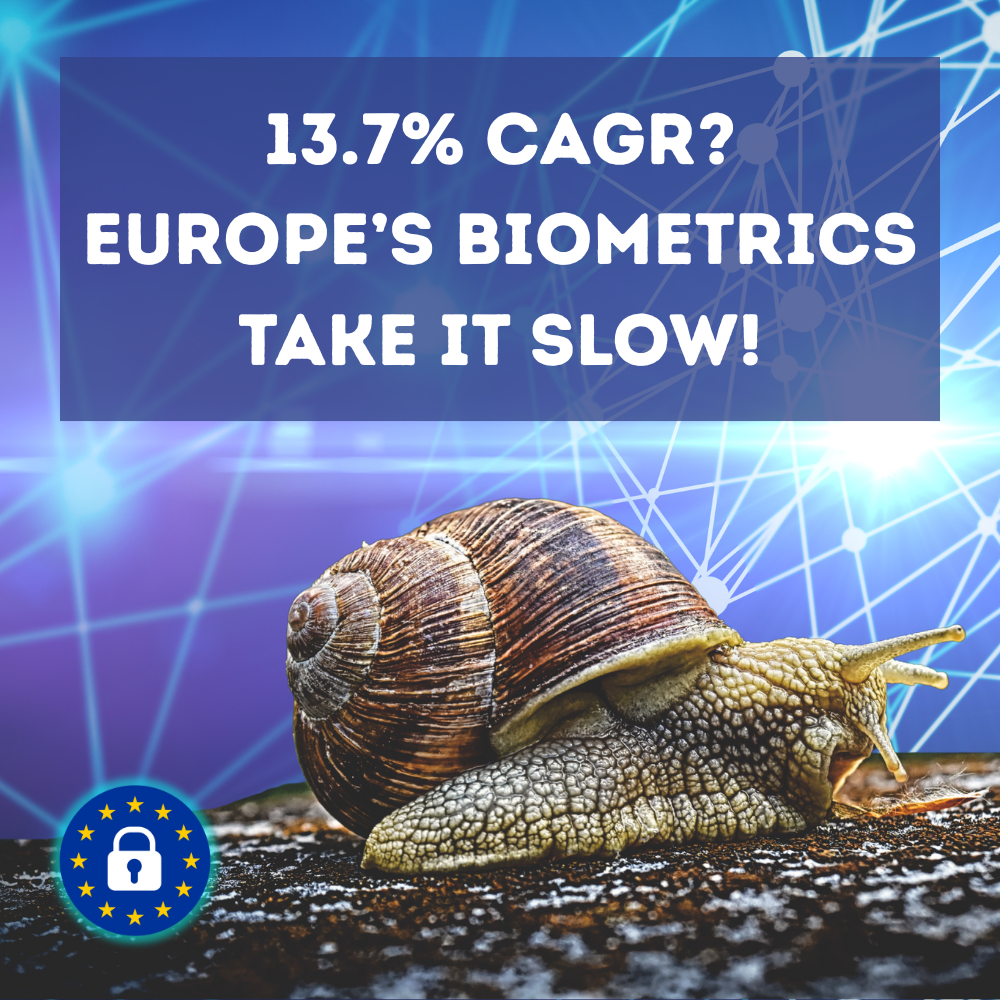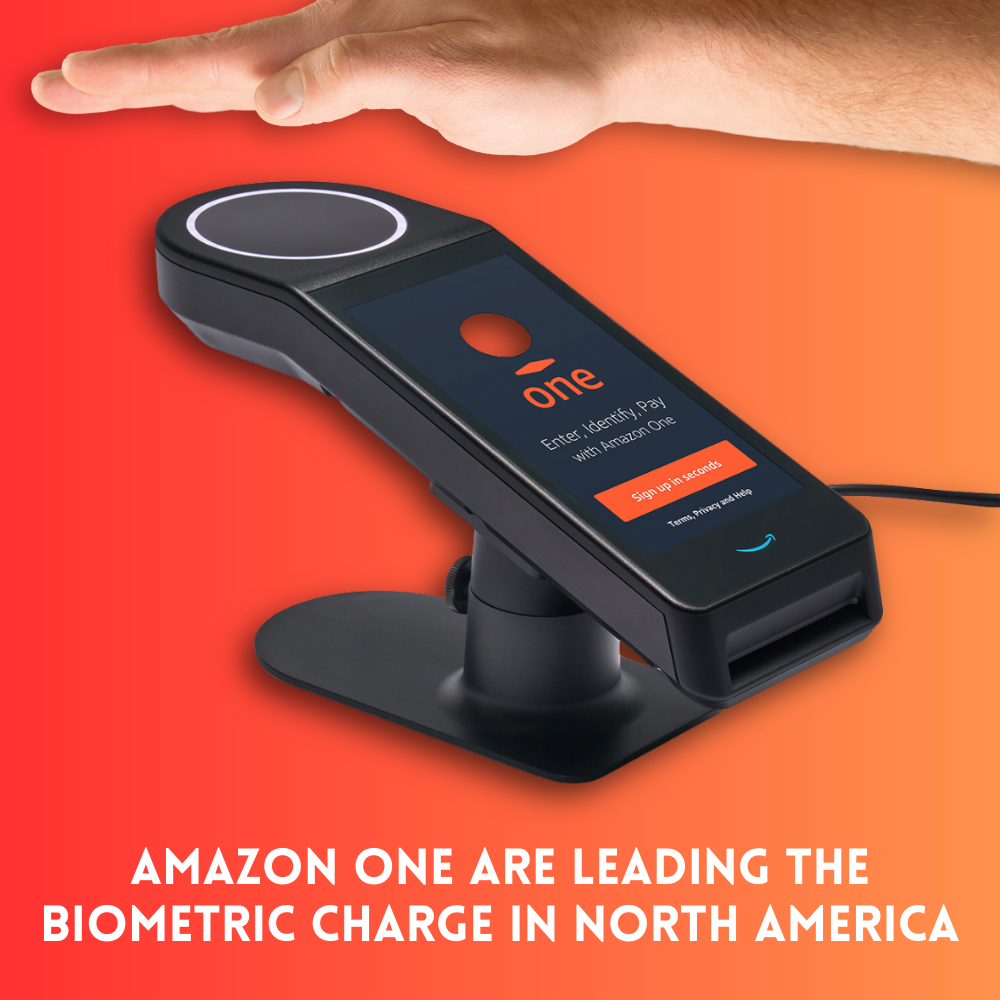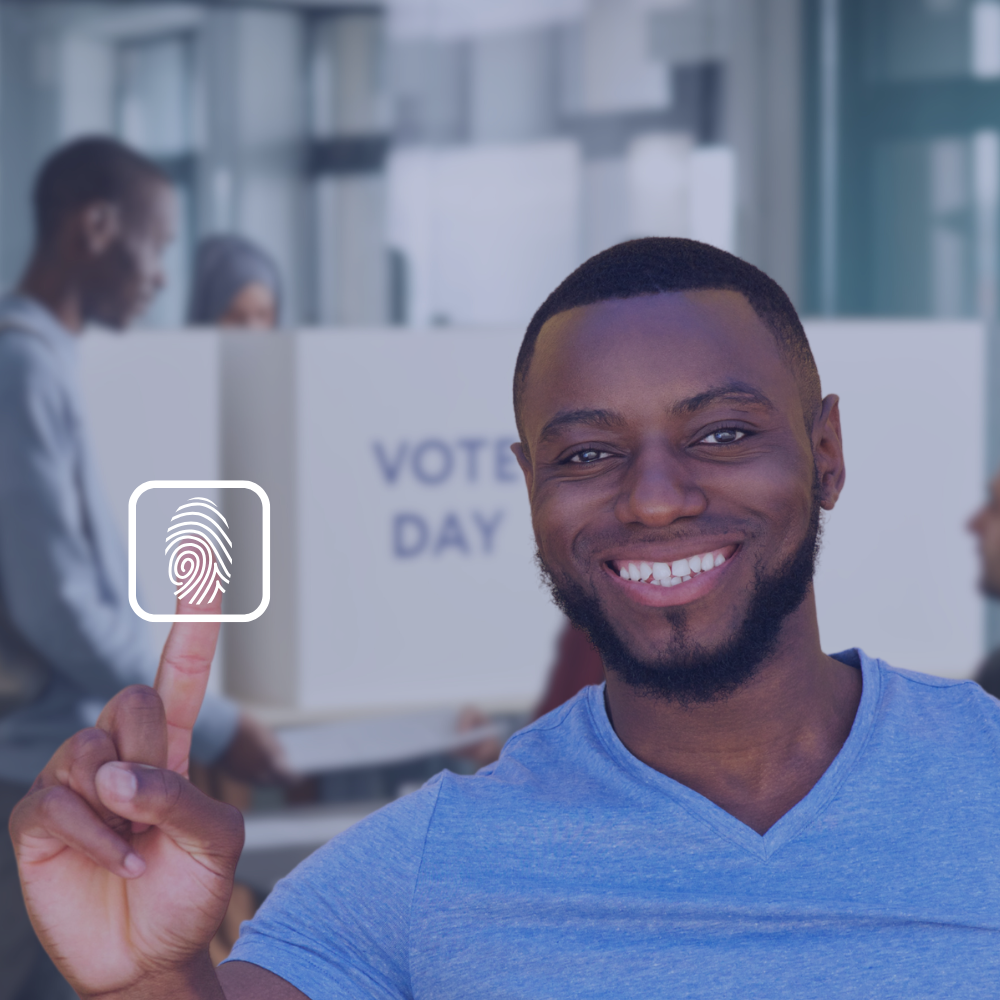Categories
Think about the last time you unlocked your phone with a quick glance or tapped your finger to pay for coffee. These moments, powered by smart biometric platforms, are changing the way we live, work, and secure our digital lives.
By blending cutting-edge biometric authentication with intelligent software, these platforms are fuelling rapid growth in the biometrics industry. We’re seeing businesses and everyday users alike embrace this technology, from banks to hospitals to the gadgets in our pockets, as it balances security with ease of use.

The journey of smart biometric platforms began with rudimentary systems in the 1960s, when fingerprint recognition was first explored for law enforcement. These early systems were slow, error-prone, and limited to single-modal authentication. By the 1990s, advancements in computing power enabled the commercialization of fingerprint scanners, used in niche applications like secure facility access. The 2000s marked a turning point with the integration of biometrics into consumer devices, such as laptops with fingerprint sensors, driven by falling hardware costs and improved accuracy.
The real exponential growth of smart biometric platforms began in the 2010s, fueled by artificial intelligence and multi-modal systems. The launch of Apple’s Touch ID in 2013 brought fingerprint authentication to millions of smartphones, mainstreaming biometrics. By 2017, facial recognition systems like Apple’s Face ID leveraged machine learning to adapt to user changes, such as aging or lighting conditions. Today, smart biometric platforms combine facial, iris, voice, and even behavioral biometrics, powered by AI that learns from vast datasets to enhance precision and security.
Adoption of smart biometric platforms varies globally, influenced by technological infrastructure, regulatory frameworks, and cultural attitudes toward privacy. Each region’s approach reflects its unique priorities, with specific platforms driving integration at different paces.
In Asia-Pacific, China and India lead with mature biometric systems. China’s Weixin (WeChat) uses palm recognition for payments, identity verification in retail, and public transport, impacting over 1.2 billion users. India’s Aadhaar program, serving 1.3 billion citizens, relies on fingerprints and iris scans for secure access to government subsidies, banking, and telecom services, fully operational since 2016. In Japan, Narita airport already has an end to end facial recognition departure process.
Trials are pushing boundaries, particularly in Singapore, where Visa is piloting facial recognition payments at select merchants, aiming for broader rollout by 2026. Japan is testing NEC’s Bio-IDiom platform, combining iris and facial recognition for airport check-ins, with trials ongoing at Haneda Airport.
Adoption is fast, driven by large-scale government initiatives, robust tech infrastructure, and tech-savvy populations. The region’s embrace of biometrics in daily life outpaces others, with minimal resistance due to cultural acceptance of tech-driven governance.

Europe’s privacy-first approach favors established, compliant systems. Apple’s Face ID, using on-device facial recognition, is widely adopted in countries like Germany and France for device unlocking and payments, ensuring GDPR compliance. Banking sectors in the UK and Netherlands use fingerprint authentication via platforms like Mastercard’s Identity Check, securing millions of transactions monthly.
Trials focus on public services. The Netherlands is piloting biometric e-passports with iris scans for border control, while Sweden tests behavioral biometrics for online banking authentication, both in early stages with plans to scale by 2027. These trials prioritize privacy-preserving technologies to align with EU regulations.
Adoption is slow but deliberate, shaped by GDPR and a cultural emphasis on data protection. Innovations like on-device processing build trust, but regulatory hurdles and public skepticism delay widespread integration compared to Asia-Pacific.

North America’s biometric landscape is dominated by enterprise and government use. In the U.S., Amazon One’s palm recognition system is established in retail for payments and access control at Whole Foods and Amazon Go stores, serving thousands daily. Federal agencies use facial recognition via Clearview AI for border security and law enforcement. Canada’s RBC bank employs voice authentication for customer verification, operational since 2018.
Trials are expanding commercial applications. The U.S. is testing Delta Air Lines’ facial recognition boarding at select airports, aiming for nationwide adoption by 2026. Canada is piloting biometric immigration kiosks with fingerprint scans at Toronto Pearson Airport, with results expected to inform policy by 2025.
Adoption is steady, driven by innovation and cybersecurity needs but tempered by privacy debates. The U.S. leads in scale, while Canada’s cautious approach aligns with public concerns, resulting in moderate growth compared to Asia-Pacific’s rapid pace.

Africa leverages biometrics to bridge identity gaps. Nigeria’s NIMC biometric ID system, using fingerprints, supports voter registration and financial inclusion for over 100 million citizens, fully implemented since 2015. Kenya’s Huduma Namba program employs fingerprints and facial recognition for government services and banking, serving millions. Safaricom’s biometric authentication secures mobile payments across East Africa.
Trials focus on mobile solutions. South Africa is piloting biometric voter verification with iris scans for 2026 elections, while Ghana tests mobile-based facial recognition for rural banking access, both leveraging high mobile penetration. These trials aim to overcome infrastructure limitations with scalable, low-cost systems.
Adoption is moderate, with rapid progress in mobile-based biometrics but slowed by funding and infrastructure challenges. High mobile penetration and government commitment drive growth, particularly in East and West Africa, though scale lags behind Asia-Pacific and North America.

The future of smart biometric platforms is brimming with possibility. Behavioral biometrics, which track things like how you type or walk, are emerging as a way to authenticate users continuously without interrupting their day. Quantum computing could also strengthen encryption, making biometric data nearly unhackable.
Edge computing is another exciting frontier. By processing biometric data directly on devices, it cuts down on latency and boosts privacy. Imagine a smart doorbell that recognizes your face instantly, without sending data to the cloud—systems like these are already hitting the market.
Looking to 2026 and beyond, Smart Biometric Platforms are set to redefine global authentication. In payments, We anticipate that palm vein technology will become a global standard, following its success in Asia. In the US, where adoption is accelerating, We expect palm vein payment terminals to be in 70% of major retail chains by 2027, driven by partnerships with companies like J.P. Morgan and Visa.
Emerging biometrics, such as iris recognition, may also be integrated into these platforms, adding another layer of security for applications like public safety and healthcare. AI advancements will enable Smart Biometric Platforms to offer personalized experiences—adjusting authentication methods based on user preferences or environmental conditions. As these platforms evolve, they’ll continue to drive biometric growth, making authentication safer, faster, and more accessible worldwide.
For businesses and governments, Smart Biometric Platforms offer a path to enhanced security and efficiency, whether you’re a retailer in Tokyo adopting palm vein payments or a hospital in Germany securing patient data. For individuals, they mean smoother, safer interactions—boarding a plane in Dubai or receiving aid in the Philippines. As We continue to innovate, Smart Biometric Platforms will remain a cornerstone of the biometric industry, shaping a future where identity verification is seamless and secure for everyone, everywhere.